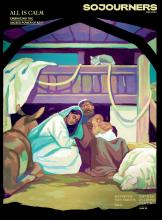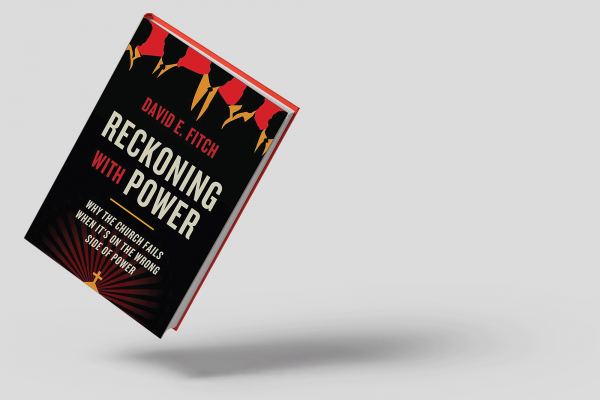THE POWER OF Jesus works like yeast: At first invisible, it transforms lives and eventually transforms cultures. In Reckoning with Power, David E. Fitch, a pastor and professor at Northern Seminary, explores this power — what he calls “Power With,” a relational and restorative type of power. It is, essentially, the power of love. Fitch contrasts this with worldly power, “Power Over,” which is hierarchical, domineering, and ultimately incompatible with Christianity.
Fitch first examines power sociologically, then biblically. He reads all scripture through the lens of Jesus’ authority to serve and heal. Helpfully, Fitch spends time discussing the difficult passages that seem to endorse God’s power as Power Over, including the Canaanite conquest and the violence in apocalyptic literature. He closes with some practical tactics for churches to help foster Power With, including a process of discernment he calls “IGTHSUS” (“It Has Seemed Good to the Holy Spirit and to Us”). Rather than model our communities after the power of the world, he encourages us to follow Christ by embracing God’s power.
Fitch’s core recommendation for how Power With should operate in churches is based on small groups discerning the Holy Spirit. However, he doesn’t acknowledge that small groups can also be sites of domination. Consider how misogynistic habits of conversation can privilege men’s voices. At times, Fitch is overly optimistic about our ability to relinquish Power Over.
Read the Full Article

